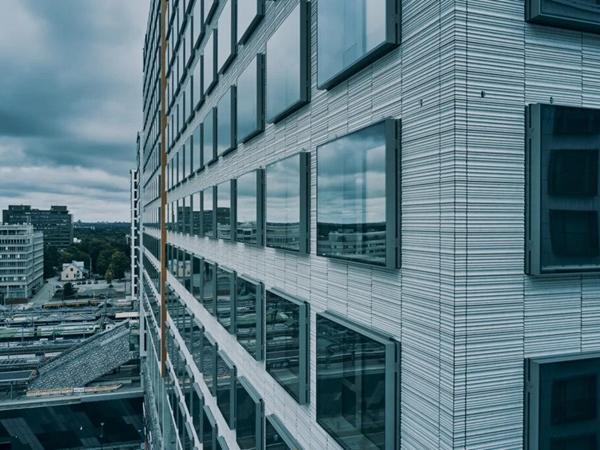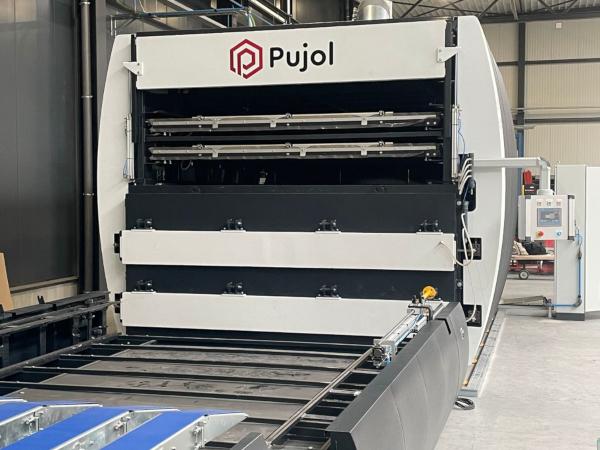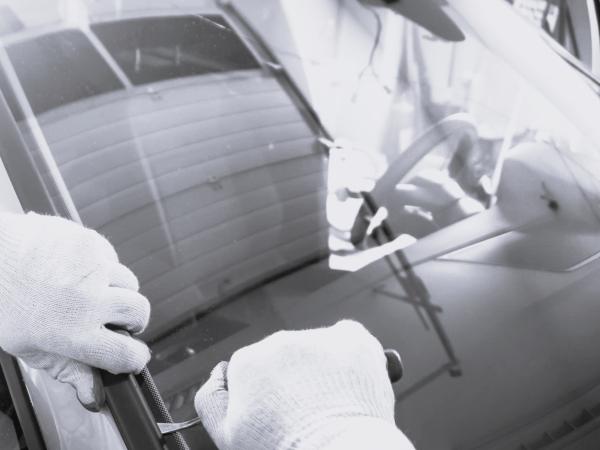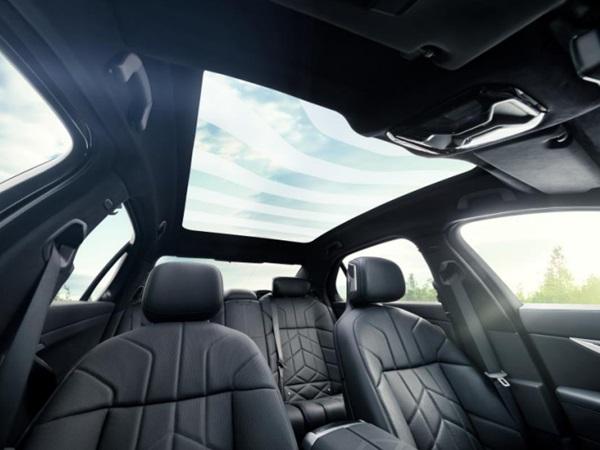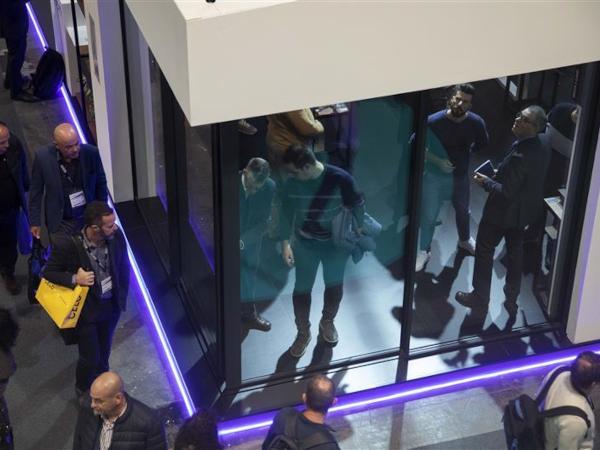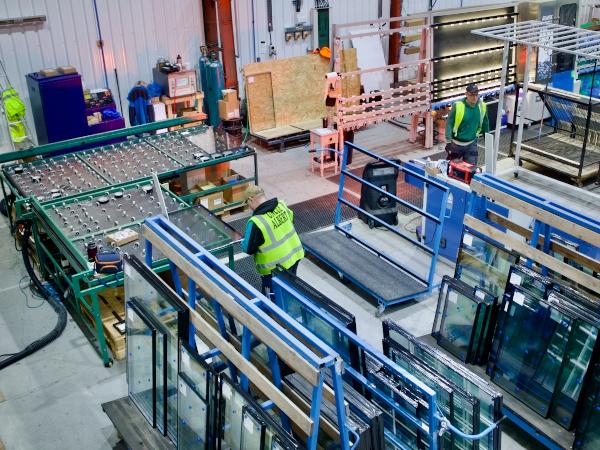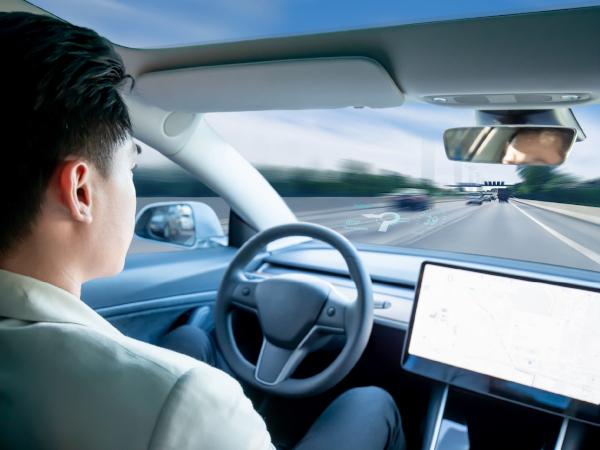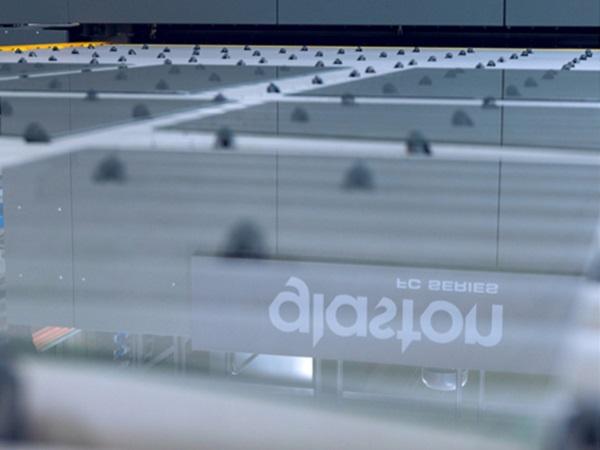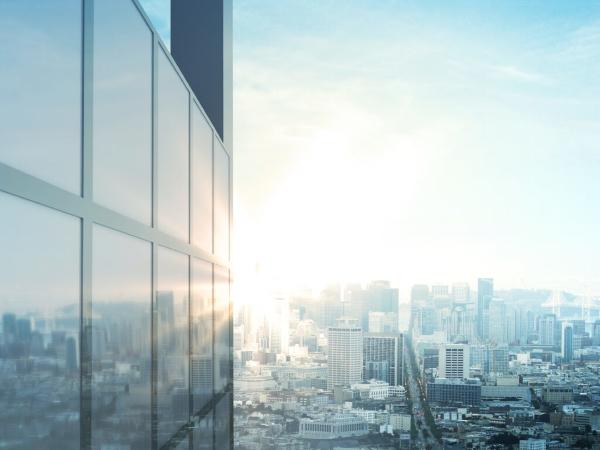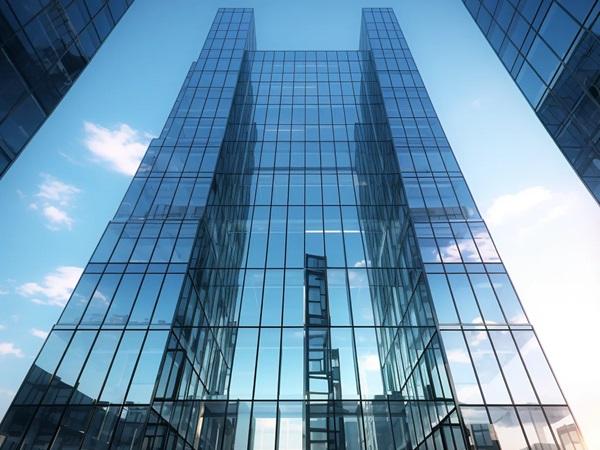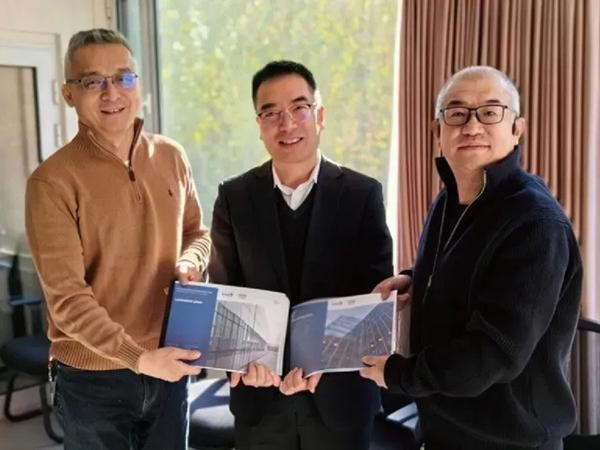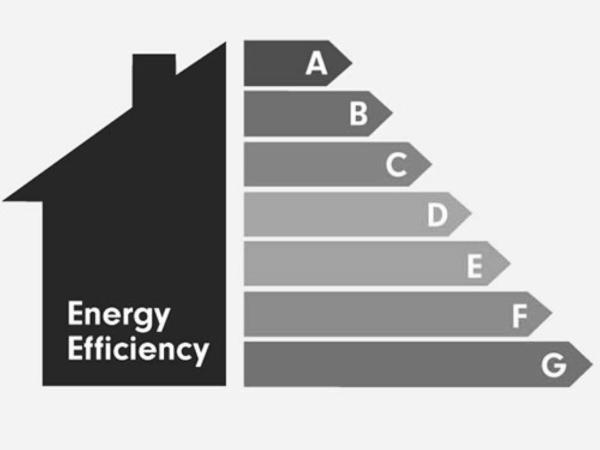Others also read
In this blog, the environmental and economic impacts of insulating gases and their influence on energy savings in buildings will be explored.
Advancing American-made clean energy technologies and reducing federal emissions through the Investing in America agenda
Hornos Industriales Pujol has delivered a new Pujol 100 unit to D-Glas, a Belgian company known for its expertise in glass production and installation.
Şişecam, the only global player operating in all core areas of glass, participated in Best of Belron, an international event for automotive industry.
The latest trends and issues in automotive recycling were discussed this week at the International Automotive Recycling Congress 2024, with a focus on the work on the End-of-life of vehicles Regulation (ELVR).
Guardian Glass and Webasto Luxembourg announce they have entered an agreement for Guardian to supply a new coated glass solution from the Guardian SilverGuard™ product family for Webasto panoramic sunroofs.
From 10 to 14 June, Glass for Europe is attending the summer study of European Council for an Energy Efficient Economy (ECEEE) to exchange on building energy efficiency and the role that glazing plays in it.
New Definition Will Help Nation Achieve President Biden’s Clean Energy and Climate Goals While Lowering Energy Costs, Cutting Air Pollution, and Creating Good-Paying Jobs
In addition to its automotive glass, Şişecam will also be exhibiting its wide range of automotive replacement glass products at the event.
VETECO will create numerous business opportunities in a crucial sector for enhancing the energy efficiency of buildings.
Thermoseal Group customer Lutley Windows are revolutionising energy efficiency in social housing.
The Ain Sokhna float plant in Egypt will see its capacity increased with the construction of a second flat glass production line.
Eastman’s new PVB interlayers take dual-plane HUD and autonomous systems applications beyond expectations
In addition to the five-part video series, Glass for Europe is thrilled to unveil a two-pager Manifesto outlining its priorities and policy recommendations for the 2024-2029 mandate of the European institutions.
Enhanced solar control glass with exceptional performance
The plenary session of the European Parliament has voted in favor of the recast Energy Performance of Buildings Directive, one of the final texts of the ‘Fit for 55’ package.
Secondary glazing involves installing an additional windowpane on an existing window to improve insulation.
Energy Star, a trusted symbol for energy efficiency, extends its influence on windows, offering consumers a reliable benchmark for making environmentally conscious choices.
Transitioning energy intensive industries towards 2040 urgently requires the currently missing enabling conditions for a European business case.
In the ever-evolving landscape of sustainable living and energy efficiency, the Glass for Europe manifesto for 2024-2029 emerges as a guiding light towards a greener future.
In 2023 Sparklike did a customer survey to understand its customers better. This included insight how Sparklike devices are perceived and what are the drivers to purchase.
NorthGlass moved towards a sustainable future
Following the fourth interinstitutional meeting which took place on 7 December, EU co-legislators reached a political agreement on the revision of the Energy Performance of Buildings Directive.

